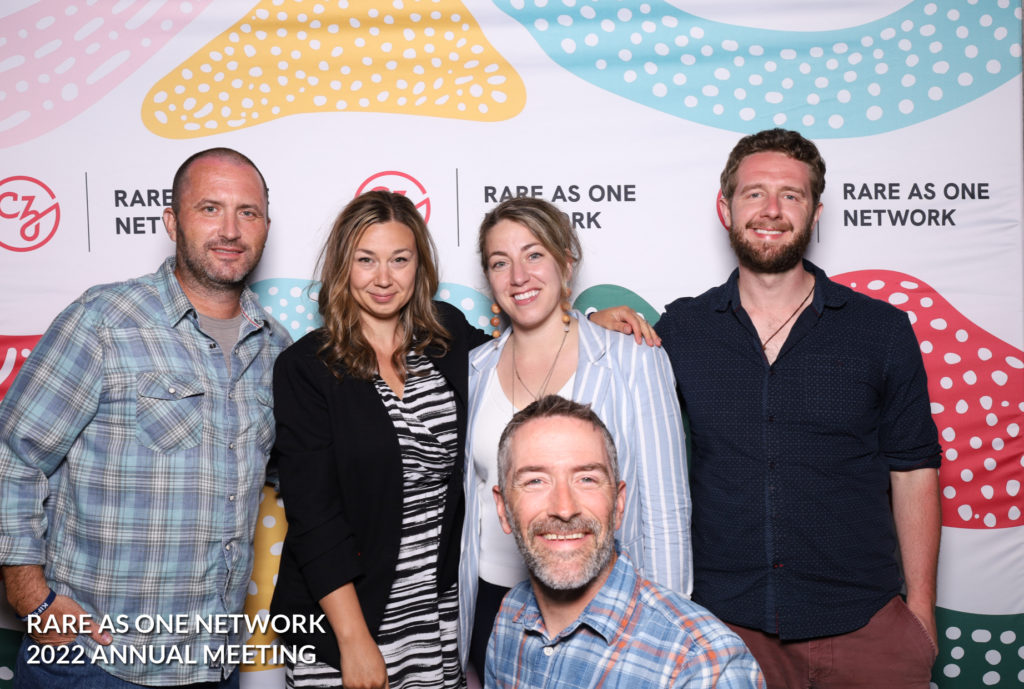#ScienceSaturday posts share exciting scientific developments and educational resources with the KAND community. Each week, Dr. Dominique Lessard and Dr. Dylan Verden of KIF1A.ORG summarize newly published KIF1A-related research and highlight progress in rare disease research and therapeutic development.
KIF1A Research
Functional Investigation of TUBB4A Variants Associated with Different Clinical Phenotypes
Microtubules are a crucial part of cells’ cytoskeleton, which provides internal structure to a cell. Microtubules, composed of a protein called tubulin, are the roads along which KIF1A carries cargo. For this reason, mutations in tubulin can cause symptoms that may seem familiar to the KAND community.
In this week’s paper, researchers investigated distinct and common features of patients with a mutation in TUBB4A, a type of tubulin enriched in the central nervous system. TUBB4A mutations can cause diverse symptoms, including a lack of myelin, spasticity, and epilepsy. To better understand different symptoms in patients, researchers overexpressed four patient-observed forms of TUBB4A mutations in cells. Most mutations caused changes in microtubule formation and decreases in axon growth, but this was not observed in the mutation causing the mildest symptoms. The authors also found that two of these mutations impaired microtubule’s ability to bind KIF1A, which could contribute to symptoms similar to KAND.
While this study was not primarily focused on KIF1A, it addresses an important point in KIF1A research—motor proteins don’t exist in isolation. Understanding how changes in microtubules alter KIF1A’s ability to transport cargo can provide us with better insight into KIF1A dynamics and could help researchers explore new therapeutic avenues.
Learn more about microtubules and their interactions with motor proteins!
Rare Roundup
Rare As One Network 2022 Annual Meeting
The Chan Zuckerberg Initiative’s Rare As One 2022 Annual Meeting was this week—50 CZI-funded patient-led organizations met to discuss common challenges, unique solutions, and best practices in striving for better lives, treatments, and cures for rare disease patients. KIF1A.ORG attended this meeting and made several connections that will enrich our own efforts in creating better tools and resources for our community. We are grateful to CZI’s Rare As One initiative and all our peers in patient advocacy who were willing to share their journeys and insights. To learn more about this powerful network and see how patients are driving remarkable progress in the rare disease community, visit the Rare As One website.

Rare-X: The Power of Being Counted
Science and public health are constantly evolving—what was true one year may be inaccurate the next. When discussing rare diseases, it is common to mention that there are around 7,000. A recent report from Rare-X, a nonprofit founded by KIF1A.ORG Board Member Nicole Boice dedicated to adapting technology to better assess and advocate for rare diseases, has performed an updated count using existing databases and estimated that there are currently around 10,800 rare diseases, of which 500 have available treatments.
While distinct, rare disease patients face many common challenges—diagnosis, therapeutic management, and insurance coverage among them. These challenges require paradigm shifts in our health cares systems; accurate counts of our communities are a crucial step in advocating for our collective needs and making sure nobody gets left behind.

